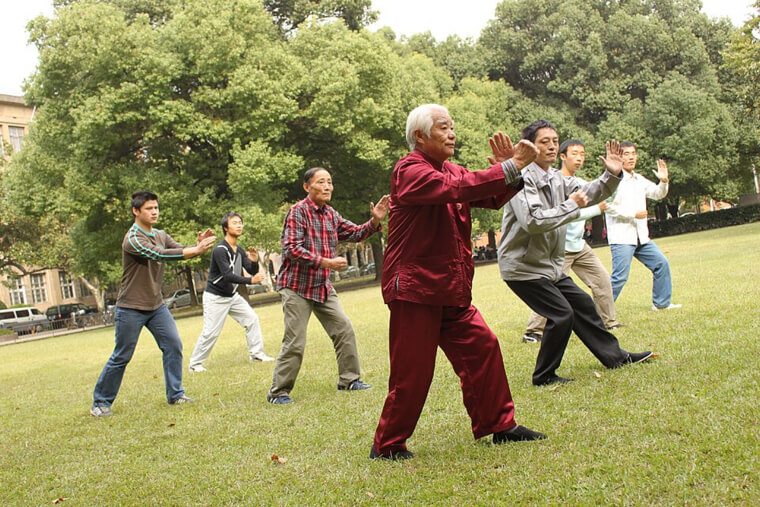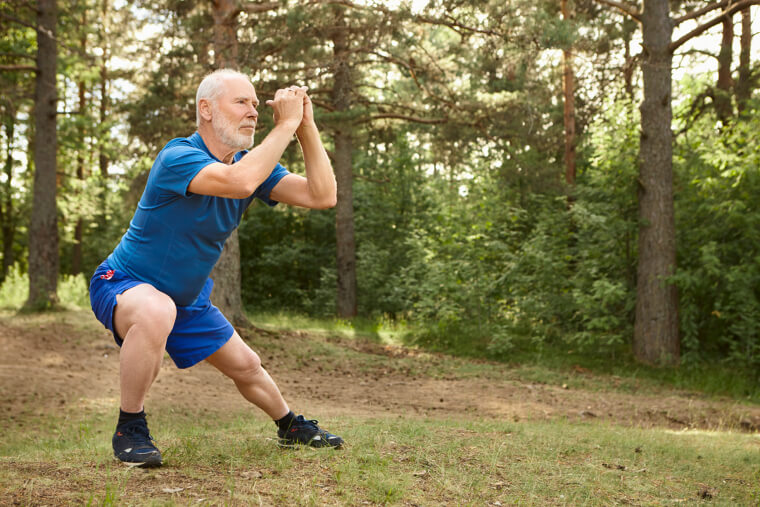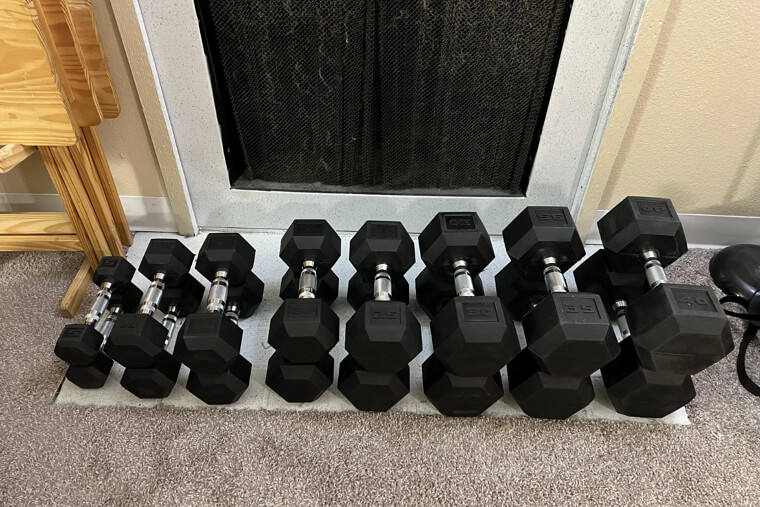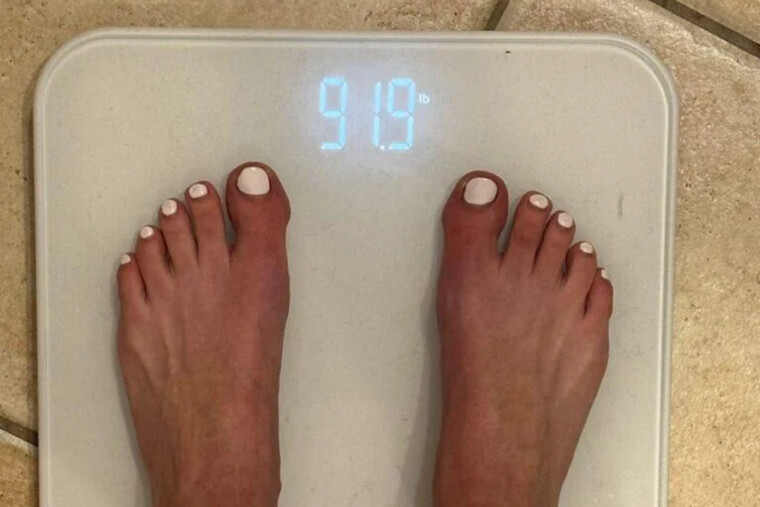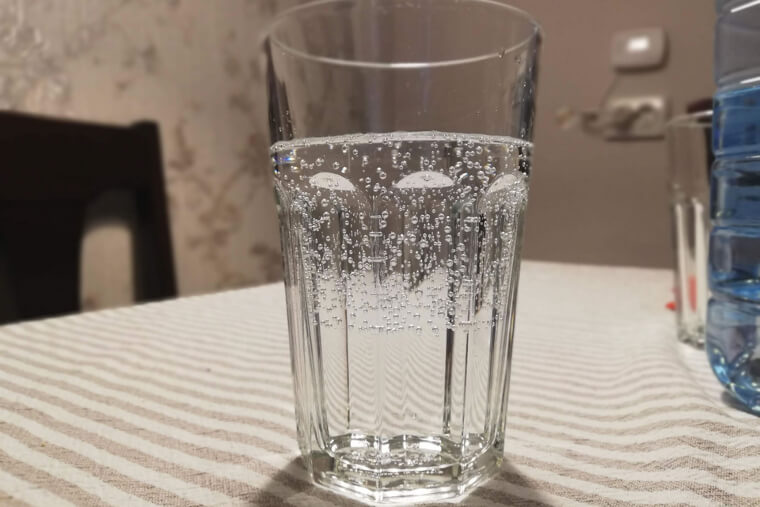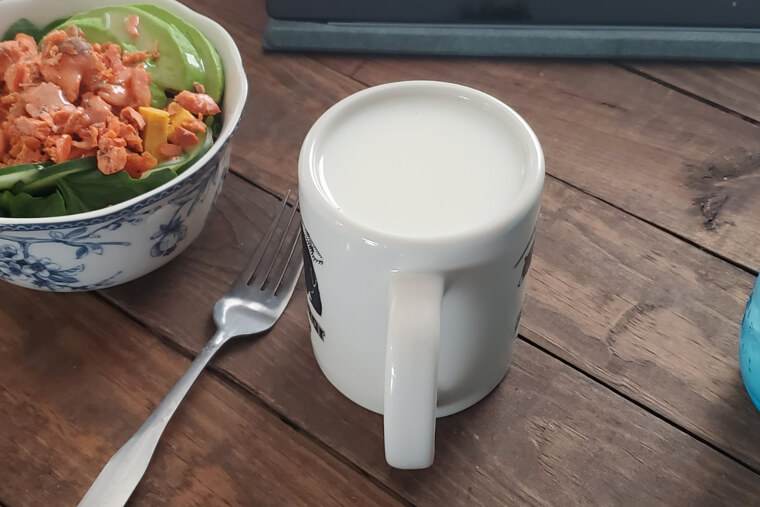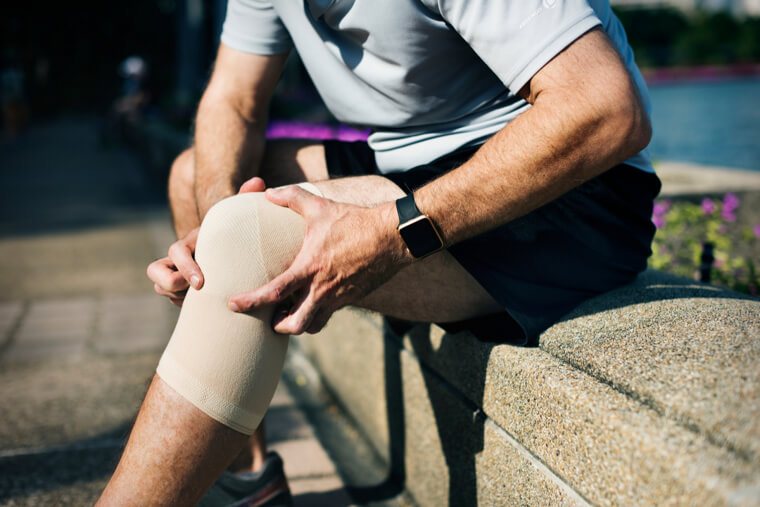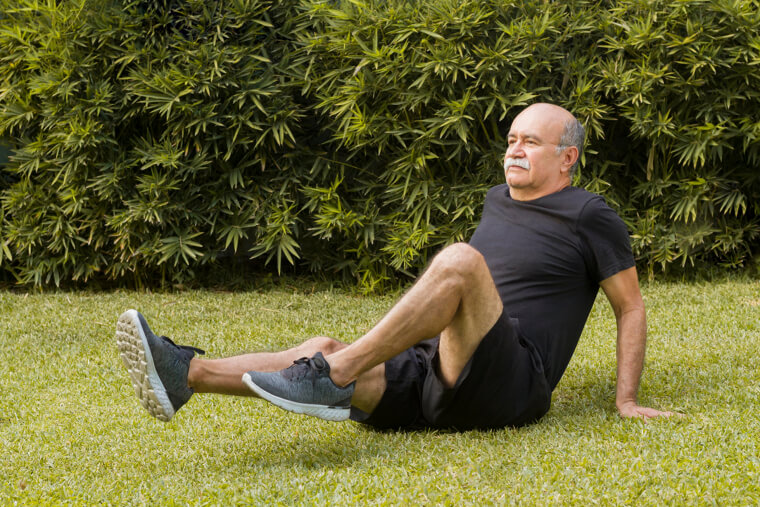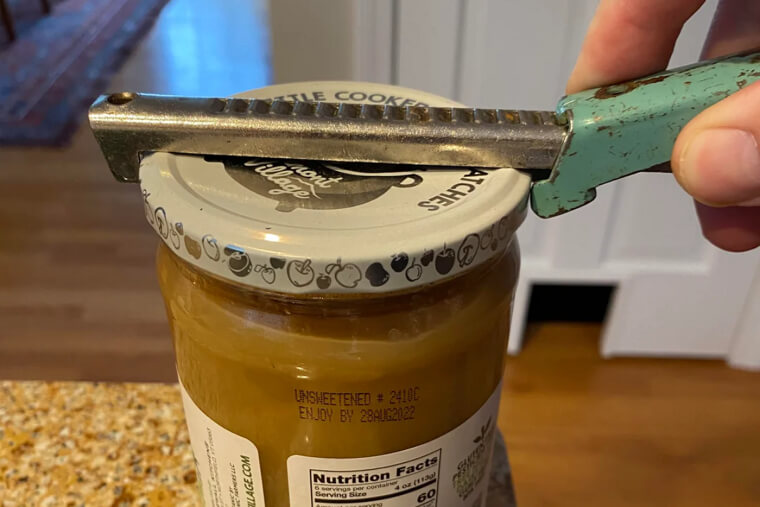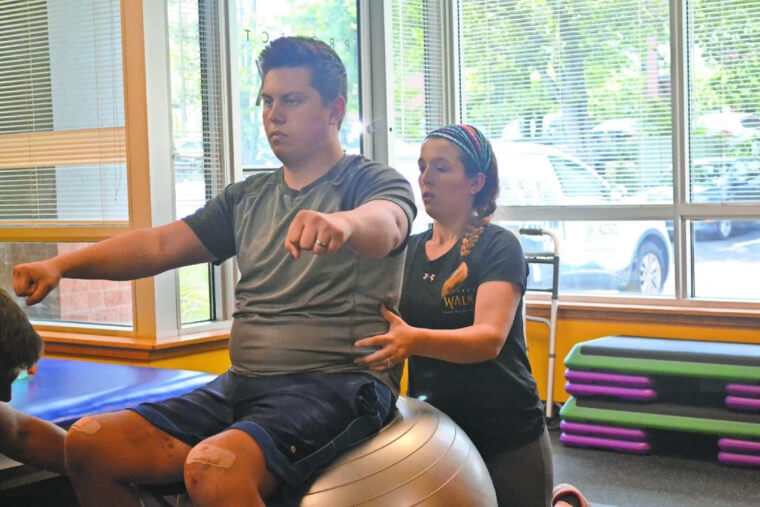Joint Pain Can Put a Pause on Your Life
Degeneration in your joints can start as young as 30 years old, but the effects of it are usually fully felt after you enter your 50s. For many, the pain and discomfort prevent them from being able to do simple everyday tasks, making them dependent on others. Here are a few things you can do to prevent severe joint pain and keep up mobility well into your 60s.
Engage in Strength/resistance Training
You don’t need to be built like Arnold Schwarzenegger, but doing some amount of strength and resistance training can help your muscles support your joints better. This can ease any degenerative pain and make you stronger.
Do Balance and Posture Exercises
According to Harvard Health, people lose around 3-8% of muscle mass per decade from the age of 30 onwards. The resulting lack of strength (especially in the legs and core muscles) leads to problems with stability as you age. Doing exercises like yoga and tai chi can help regain and maintain stability as you grow older.
Incorporate Stretching and Flexibility Routines
Joint stiffness is another major hurdle that shows up as we age. Incorporating basic stretching and flexibility exercises into your routine every day can help you avoid losing mobility over time.
Use Progressive Overload in Workouts
Once you’ve started your strength training routine, be sure to progressively increase how much weight you lift over time. This helps to ensure continued strength gain and muscle support.
Maintain a Healthy Weight
According to research, a BMI increase of 5 kg/m2 can increase the risk of knee osteoarthritis by 35%. This means that the pressure exerted on joints as you age is directly proportional to how much you weigh. Staying at a healthy weight is one of the easiest ways to avoid joint pain.
Stay Well-Hydrated
Drinking a gallon of water per day is generally regarded as a healthy habit for everyone. For seniors in particular, drinking enough water is essential to make synovial fluid, which helps maintain joint lubrication and avoid joint pain.
Eat Anti-Inflammatory Foods
Chronic inflammation or swelling of the joints is a common problem faced by many after 60. It puts you at a higher risk of developing conditions like arthritis. However, including certain foods (like leafy green vegetables, berries, nuts, and fatty fish) can help naturally reduce inflammation and keep your joints healthy.
Ensure Sufficient Protein Intake
Proteins are the building blocks of muscle, and muscles are the support systems for joints. This means that eating enough protein is essential to your joint health. Experts recommend that older adults eat 0.45 g of protein per pound of body weight per day.
Get Enough Calcium and Vitamin D
While proteins help build muscle, calcium and vitamin D help maintain your bones. Not eating enough of these two nutrients can lead to chronic joint pain and even brittle bones. Adults above 65 should eat at least 1200 mg of calcium (1 cup of whole milk) and 800 IUs of vitamin D per day.
Incorporate Omega‑3 Supplements or Foods
Those little fish oil tablets can be incredibly useful if you have chronic joint pain. Omega-3 Fatty acids (commonly found in fish oil capsules) help reduce inflammation and keep cartilage healthy, both of which can reduce joint pain as we age.
Focus on Balanced Macros & Fiber
The key to a long and healthy life lies in your diet. Eating a balanced diet full of all the fibre, vitamins, and minerals your body needs helps maintain bone and muscle health and reduces joint swelling.
Avoid Processed and Pro-Inflammatory Foods
If you regularly eat fried chicken with a side of bacon and wash it down with a can of Diet Coke, your diet might be the direct cause of your joint pain. Foods high in sugars and saturated fats are a major contributor to chronic inflammation and can lead to joint pain over the years.
Protect Joints During Exercise
As you age, your bones become more brittle and your muscles begin to lose their strength. While exercising regularly helps battle these issues, it can also put you at a higher risk for injury. To prevent it, make sure to wear proper shoes and protective gear when you work out.
Allow Rest and Recovery Time
According to the CDC, older adults should work out about 30 minutes every day for 3-5 days a week. The rest of the time should be spent allowing your muscles to recover. Not doing so can lead to injuries and shooting pains.
Assess and Improve Posture & Core Strength
While working out, be sure to regularly exercise your core and abdominal muscles. These are the ones responsible for supporting your spine and providing stability to your body. Keeping them strong can help prevent back and hip pain and accidents from losing your balance.
Use Assistive/adaptive Tools as Needed
The honest fact is that the world is not designed for older people. As such, there is no harm in needing help. Whether it’s using small tools like jar openers or needing walkers and canes, always do what makes your life easier and less painful.
See a Physical or Occupational Therapist
This is especially recommended if you already have severe joint pain. Seeking the help of a professional to tailor workouts to your body and needs can help give you maximum benefit.
Plan for Fall Prevention
For many older people, it’s usually a fall or a minor accident that triggers severe joint pain. To combat this, make sure you and your home are built for fall prevention. Add grab bars and anti-slip mats where needed, wear non-slip footwear, and make sure to do yoga or other such stability-enhancing routines.
Prioritize Sleep and Stress Management
Our bodies have a way of physically storing and manifesting any stress that we feel. Anything from tense shoulders to neck pain can be an indicator of stress and anxiety. It is important, then, to actively prioritise rest and stress management to prevent muscle and joint fatigue.



